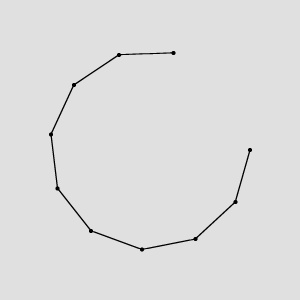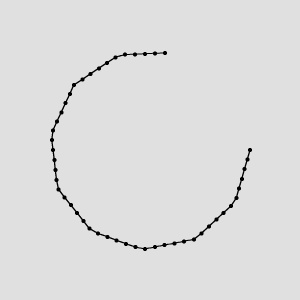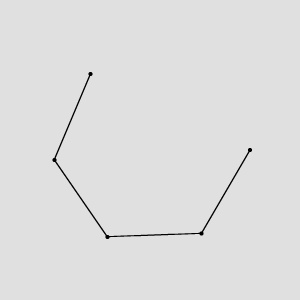You are here: Start » AVL.NET » Function Reference » Path » Path Global Transforms » AVL.ConvertToEquidistantPath
Creates a new path whose characteristic points lie on the input path, but are equally spaced.
| Namespace: | AvlNet |
|---|---|
| Assembly: | AVL.NET.dll |
Syntax
public static void ConvertToEquidistantPath ( AvlNet.Path inPath, float inStep, AvlNet.EquidistanceType inEquidistanceType, AvlNet.Path outPath )
Parameters
| Name | Type | Range | Default | Description | |
|---|---|---|---|---|---|
 | inPath | AvlNet.Path | Input path. | ||
 | inStep | float | <0.0f, INF> | 1.0f | Requested distance between consecutive points. Default value: 1.0f. |
 | inEquidistanceType | AvlNet.EquidistanceType | Defines how the distance is measured. | ||
 | outPath | AvlNet.Path | Output path. |
Description
The operation follows a path from its beginning to the end, reselecting its characteristic points every inStep pixels. Note that this operation can significantly change the shape of a path, especially when the inStep value is relatively big. The output path's last point is mostly not the same as the input path's last point, because it would lead to last output path's segment being too short.
To reduce the number of points in a path preserving its shape, one can use ReducePath filter.
Examples
 |
 |
ConvertToEquidistantPath run on the sample path with inStep = 10 and inEquidistanceType = OutputPathEquidistance.
 |
 |
ConvertToEquidistantPath run on the sample path with inStep = 100 and inEquidistanceType = OutputPathEquidistance.
Errors
List of possible exceptions:
| Error type | Description |
|---|---|
| DomainError | Input step has to be positive in ConvertToEquidistantPath. |

